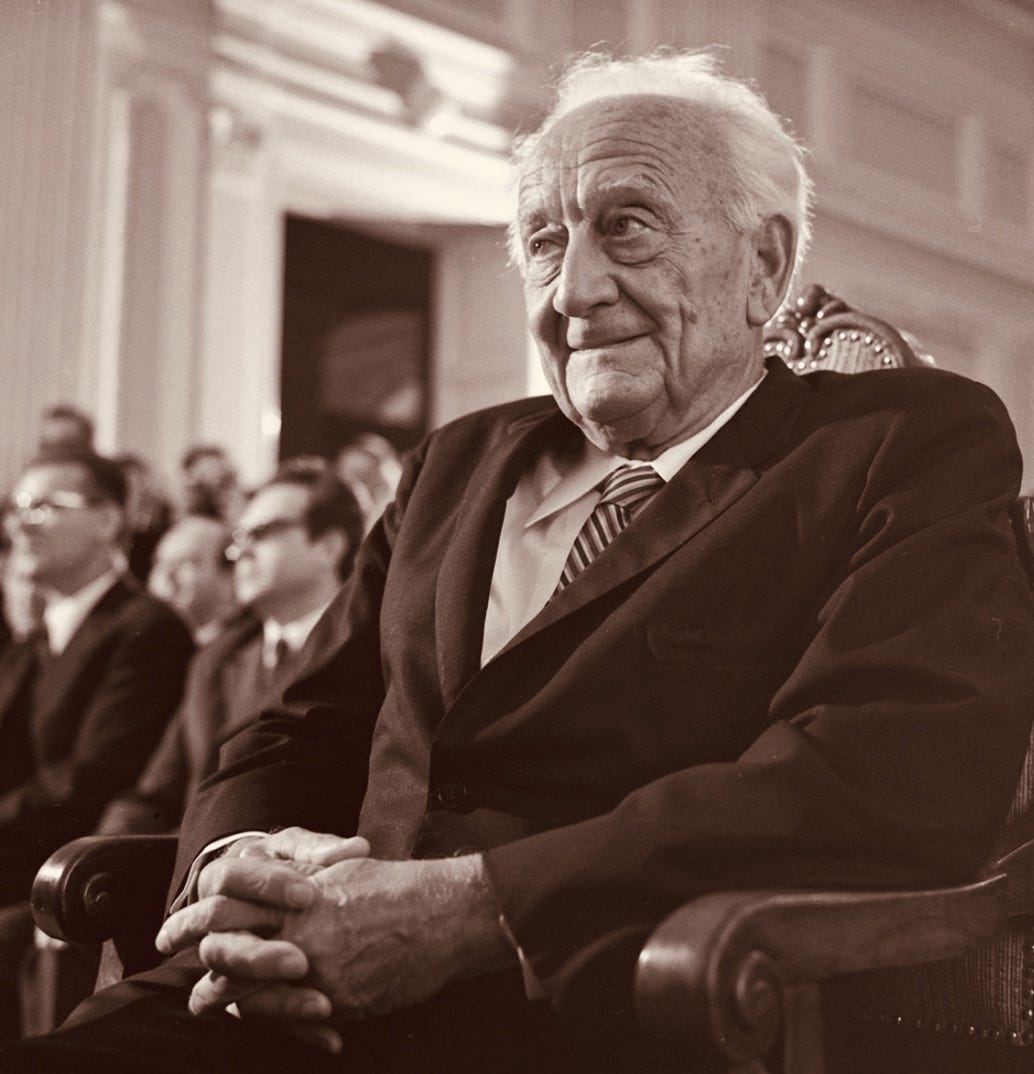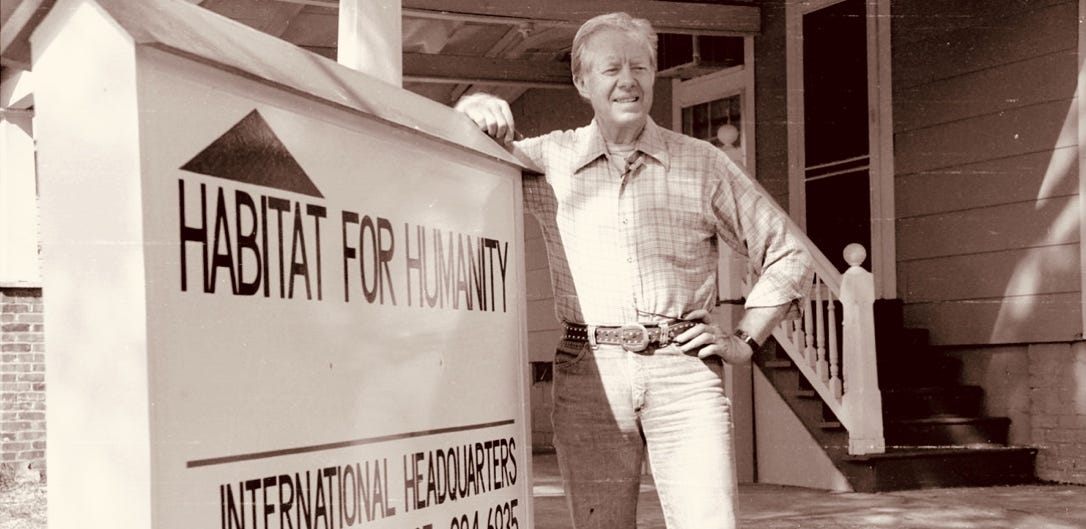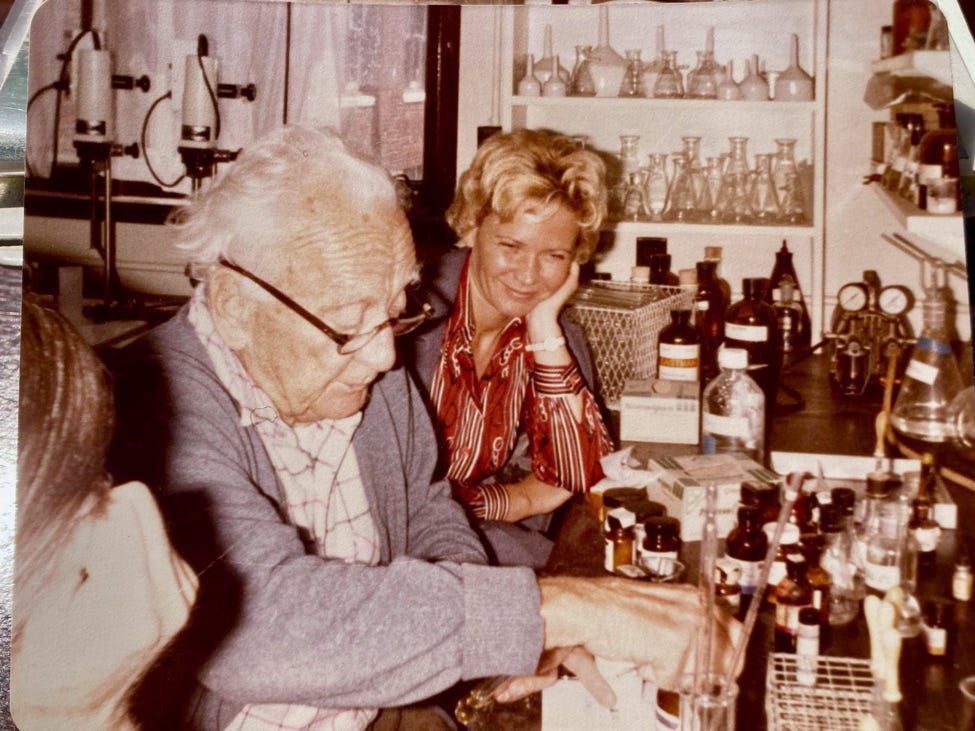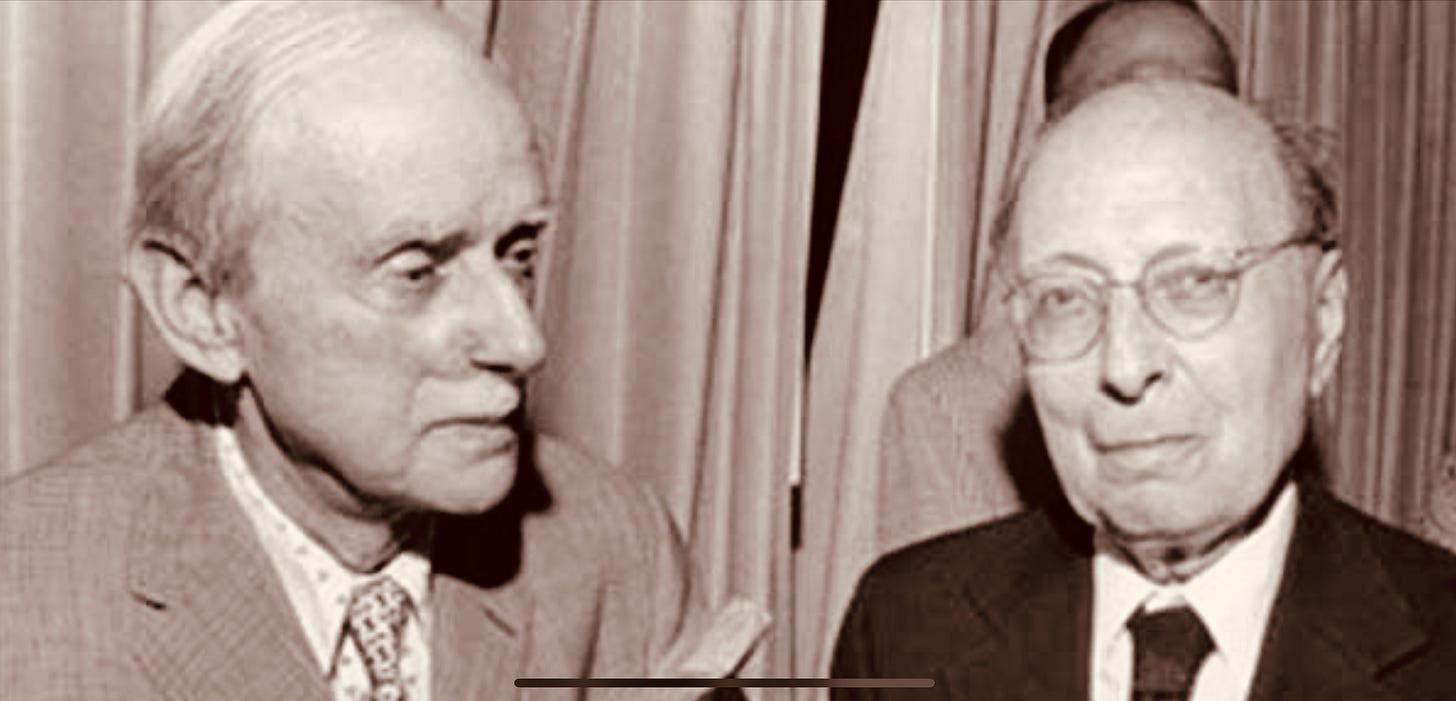Early last week, we celebrated the 100th birthday of President Jimmy Carter.
I have always admired him for being a great leader and a modest soldier. As a graduate of the Annapolis Naval Academy, he deeply understood the complex military and technical background of disarmament questions, which reassured us of his capable leadership.
As a peanut farmer from Georgia, he remained a folksy, lovable person for everyone. Every presidential candidate should learn from their humble style.
President Carter's commitment to service continued after his term. He became an avid supporter and an active participant in the Habitat for Humanity movement, personally taking hammers and nails to build houses for those in need worldwide. In the meantime, HfH became an active organization worldwide. Even in my native Hungary, quite a few families live in houses built by teams he was a member of.
His actions are a powerful reminder of one person’s impact on the world.
The Carter presidency had to fight headwinds. High inflation made the economy struggle, and the unprecedented Iranian hostage crisis tried not only the administration but the whole nation. No wonder it remained a one-term presidency.
The humble service and exemplary work ethic remained a path to follow by all those who want to be natural leaders.
In this post, I summarize what progress Hungary and my family could make during his term.
I served as the Embassy of Hungary's Science Attaché in Washington, D.C., between 1978 and 82. Half of my tour of duty fell to his presidency. During his term, Hungarian-American bilateral relations leapfrogged. After long years of delay, we signed the Cooperation in Culture, Science, and Technology Agreement, which provided a framework and financing for mutual visits, exchanges, and joint projects.
Wikipedia explains the cause of the long procrastination as the fear of the Hungarian government from ideological indoctrination of their US-bound citizens in the exchange programs.
It was partially true but not the whole truth. The Hungarian side tried to include as much practical technology-oriented thematics as possible. They wanted to widen the channels of technology transfer, trying to counter-balance the COCOM restrictions.
The delicate “indoctrination” chapter was handled in a fine diplomatic way. “Leaders of the future” were invited on a one-month trip to visit institutions and persons relevant to their professional interests. Plenty of tourist places were included to make the journey pleasant.
This chapter in the agreement was reciprocal however, the US side declared that they would ensure the funds and the organization to receive the Hungarian future leaders, but would not send reciprocally anybody to Hungary.
Many Hungarian dignitaries came to visit, and one of the diplomats from the embassy accompanied them. The ambassador sent me on these roundtrips quite frequently. The list is long, and it is enough to mention Gyula Horn, who later became prime minister. I had the honor to accompany and make personal friendships with him for life.
During my first year, heavy traffic followed on the expert level. The mud-wrestling in technology versus ideological indoctrination continued. After all, we succeeded in signing the agency-to-agency protocols, and the Agreement could take off.
In 1978, President Carter returned Saint Stephen’s crown to Hungary. Our first king received the crown from Pope Silvestris in 1001. It has ever since symbolized Hungary’s joining Christian Europe and leaving behind the nomadic Asiatic ancestry.
Toward the end of World War 2, the ultra-fascist Szalasi regime took the crown with them and dug it in Germany near Mattsee. In a few months, the US Army took possession of our national treasure and kept it in Germany until 1953, around the most challenging part of the Cold War. According to the official position of the US, the Crown belonged to Hungary, being temporarily under American safekeeping until the conditions of transferring it back to Hungary were met.
The Hungarian Americans were split on the issue. The hawkish wing staunchly opposed the return, and the more reasonable wing argued that the Hungarian Crown should be in Budapest. It would better serve the purpose of Hungarian pride and eventually reinforce the fight for freedom instead of being held in the basement tresors of the Fort Knox Depository in Kentucky.
The US legislature and the administration could not decide, resulting in decades of procrastination. President Carter, overruling Zbignew Brzezinsy’s negative stand, decided to proceed and return. He wrote in his diaries that the Corona Sacra of Hungarians should stay on the riverbanks of the Danube.
After scrupulous negotiations, all the details were agreed upon, and the date was set to January 6, 1978. On that foggy night, it was my turn to be the duty officer in the Ministry of Foreign Affairs. I had to follow if Protocole's steps were fulfilled as prescribed and report continuously to the high command. Up to a point, everything went fine.
The ceremony was to be a people-to-people event rather than a government-to-government arrangement, and Janos Kadar, the communist ruler of Hungary, must not have been present. 25 outstanding Americans (artists, scientists, leading figures of public life) handed over the crown to a 50-member Hungarian delegation composed likewise. Secretary of State Cyrus Vance led the delegation as President Carter’s envoy.
All of a sudden, there comes a glitch. Before starting the official ceremony, it turned out that 24 American and 51 Hungarian delegates were accounted for.
A recount follows another recount, but there is no change. After the n-th recount, the puzzle is solved. Nobel Laureate Professor Albert Szent-Gyorgyi from Woods Hole, Massachusetts, led the chat in his native Hungarian in a small circle and kept being counted as a Hungarian.

Seven months later, I arrived in Washington, D.C., with my family to start my tour of duty as the Science Attaché. Two months later, Ambassador Esztergalyos gave a dinner to honor Professor Szent-Györgyi, who had just visited Washington. Several Hungarian-born doctors were also invited. My wife Nelly and I joined as co-hosts. The Ambassador introduced me as the new Science Attaché and Nelly as the new Medical Attaché, adding it is not official but essential.
Szent-Gyorgyi asked to change the seating for protocol because he wanted to get to know his colleague better. In a few days, Nelly was a non-paid research associate at the National Institutes of Health (NIH) in Bethesda, Maryland. Non-paid because spouses of diplomatic officers are not allowed to have paid jobs.
She was exhilarated and joined the cancer research group at NIH under Professor Koloman Laki's leadership. In the thirties, Professor Laki was Szent-Gyorgyi’s assistant at Szeged University and did the lab work contributing to Szent-Gyorgyi’s Nobel prize.
During my tenure, I had the privilege to get into a personal relationship with two more Nobel laureates.
The ambassador handed over the diploma for the honorary membership of the Hungarian Academy of Sciences to my idol, Professor Paul Dirac, the youngest-ever scientist awarded by the highest esteem in science.
It was my honor to hand over a letter of invitation to Eugene Wigner to become a vice president of the World Federation of Hungarians.
An interesting side note: Dirac’s wife was the sister of Wigner.










WOW!!!
What an honor to be connected to you and read of beautiful and extraordinary life story you have.